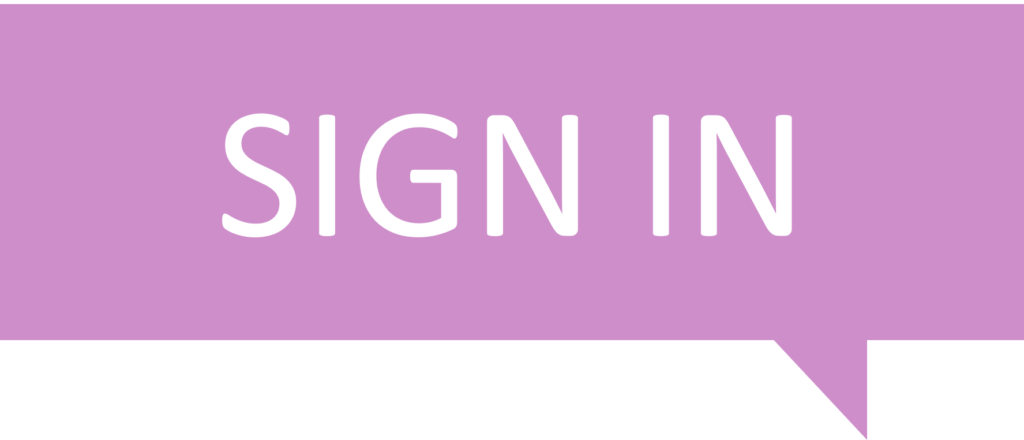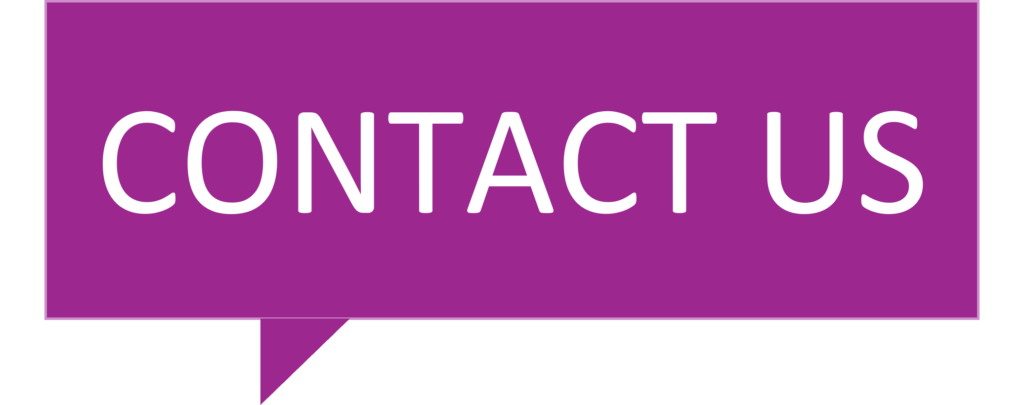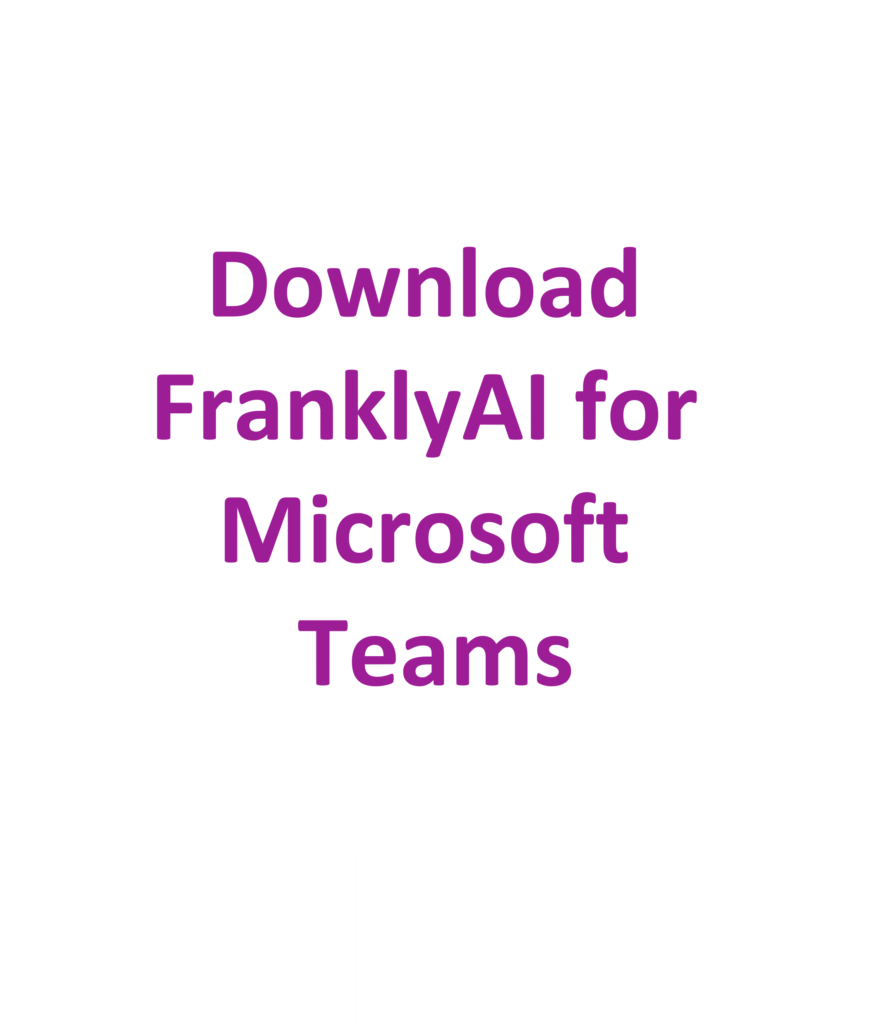Author: Ashok Gunasekaran, AI Researcher and Data Scientist for FranklyAI
Large Language Models (LLMs) will transform how humans interact with technology. Almost all of this communication will be in common world languages. Achieving equity in AI requires addressing the various social, economic, and political factors contributing to inequality. The best equity outcomes require that LLMs are available to all parts of our global communities.
This blog will discuss how the inclusion of Indigenous languages in Large Language Models can contribute to achieving equity by promoting cultural diversity, preserving linguistic heritage, and ensuring that diverse communities have equal access to resources and opportunities.
Some of the key problems in achieving equity in the modern technology.
- Bias and discrimination: Bias and discrimination based on race, gender, sexuality, and socioeconomic status can lead to unequal opportunities and outcomes.
- Inadequate access to resources: Inequitable distribution of resources such as education, healthcare, and employment can result in disparities in access to opportunities and services.
- Historical and systemic inequalities: Historical and systemic factors such as colonialism, racism, and patriarchy can create deep-rooted inequalities that persist over time.
How LLM can address these problems?
Large language models (LLMs) can play a role in addressing these problems by promoting equity and inclusion in various ways, including:
- Reducing bias in language: LLMs can help reduce bias in language by incorporating diverse data, cultural sensitivity, and fairness into their training processes. This can help prevent harmful stereotypes and misrepresentations and promote more inclusive and equitable language.
- Improving access to information: LLMs can help improve access to information for people with limited literacy, education, or language proficiency, by providing easier-to-understand language and translations.
- Empowering marginalized communities: LLMs can empower marginalized communities by enabling them to create and access content in their own languages, promoting cultural diversity and preserving linguistic heritage.
- Facilitating communication: LLMs can facilitate communication between people who speak different languages or dialects, reducing barriers to communication and fostering greater understanding and collaboration.
Language models should be culturally appropriate because language is deeply intertwined with culture, and language models that are culturally insensitive or inappropriate can perpetuate harmful stereotypes, biases, and misrepresentations. Language models are trained on large amounts of data, including text, images, and other forms of media. If this data is not diverse and representative of different cultures, the resulting language model may produce biased or inaccurate results, further perpetuating stereotypes and discrimination.
To create culturally appropriate language models, it is crucial to involve diverse communities and stakeholders in the development process and consider different groups’ cultural and linguistic nuances. This can include collecting and curating diverse data, incorporating cultural knowledge and sensitivity into the training process, and testing the model with diverse users to ensure its effectiveness and appropriateness.
The lack of written resources in indigenous languages.
One of the main challenges facing indigenous languages is the lack of written resources and the limited availability of language experts to document and preserve them. Transformer models, such as BERT and GPT-3, can be trained on large amounts of text data, including transcripts of spoken language and written documents, to create language models that can understand the language’s grammar, vocabulary, and syntax. These language models can then be used to develop automatic transcription and translation tools, which can help create a digital archive of the language and make it more accessible to speakers and learners.
In addition to documentation and translation, transformer models can also be used to develop language learning resources. By training language models on a variety of texts, including stories, songs, and other cultural artifacts, it is possible to create models that can generate new content in the language. This content can be used to develop language learning apps, chatbots, and other tools to help learners practice and improve their language skills.
Another important application of transformer models in language revitalization is speech recognition and synthesis. By training transformer models on recordings of indigenous speakers, it is possible to create speech recognition and synthesis systems that can accurately transcribe and generate speech in the language. These systems can create speech-to-text and text-to-speech tools for language learners and develop assistive technology for indigenous communities.
Large language models have the potential to support and preserve indigenous languages by allowing for the creation of more accurate and comprehensive language resources, such as dictionaries, grammar, and language models. This can help to improve language documentation, language learning, and language revitalization efforts. Additionally, large language models can help to promote cultural diversity and inclusion by providing greater access to information and resources in indigenous languages. This can help to empower indigenous communities and support their efforts to preserve their languages and cultural heritage. Overall, creating culturally appropriate language models is essential for promoting inclusion, diversity, and equity and ensuring that language technology is accessible and beneficial for everyone.
However, the development of LLMs must be done in a culturally appropriate way and sensitive to the needs of diverse users, including those who speak Indigenous languages. It is important to consider different groups’ cultural and linguistic nuances to ensure the model is equitable and just. This will help avoid perpetuating stereotypes, creating divisions, and excluding certain groups.










